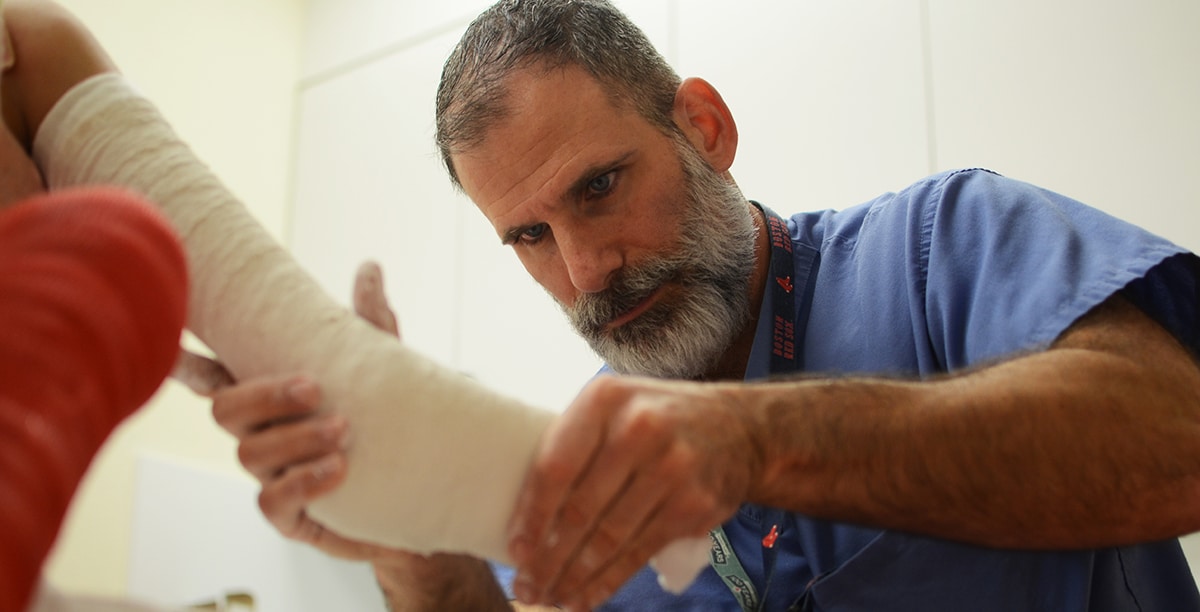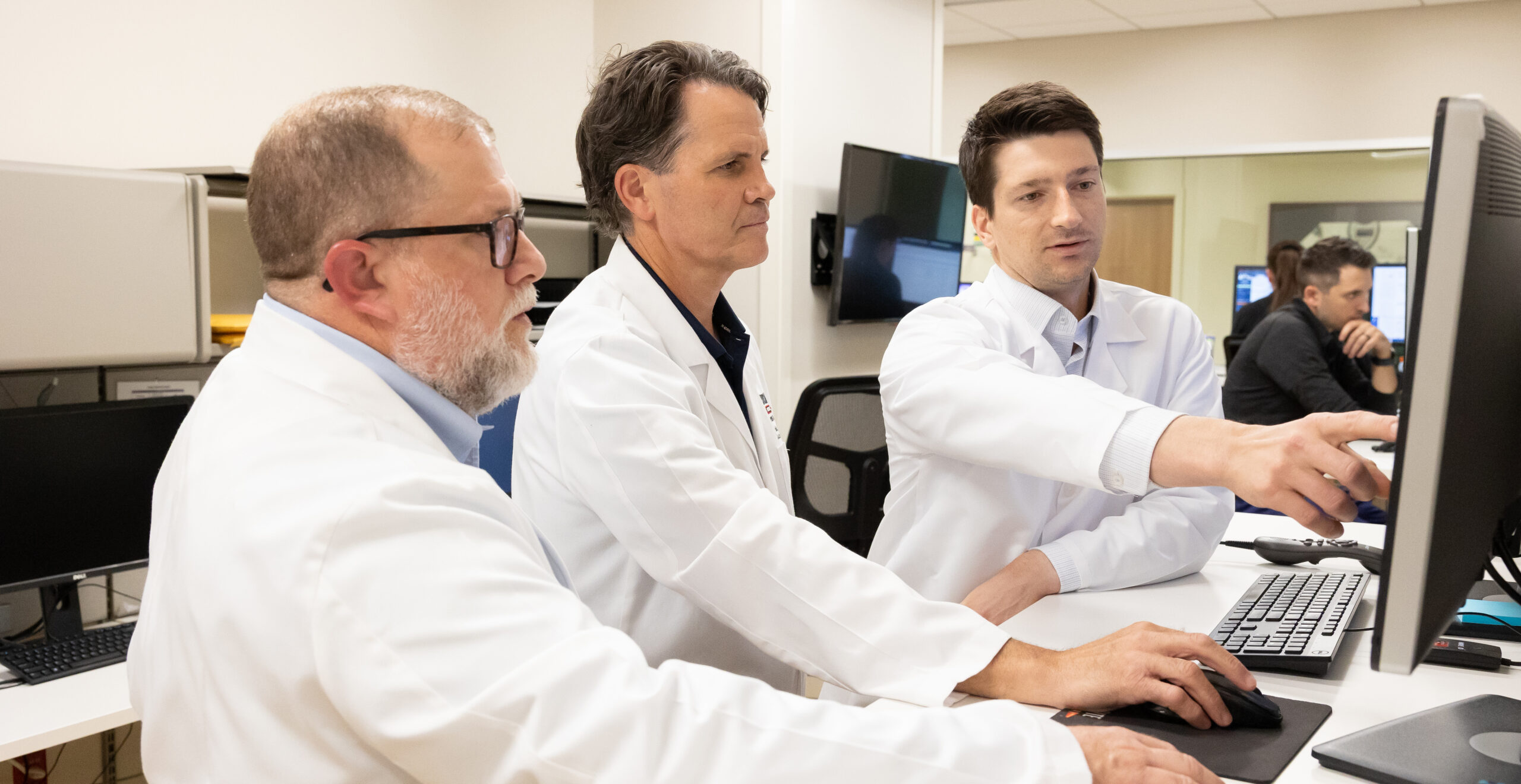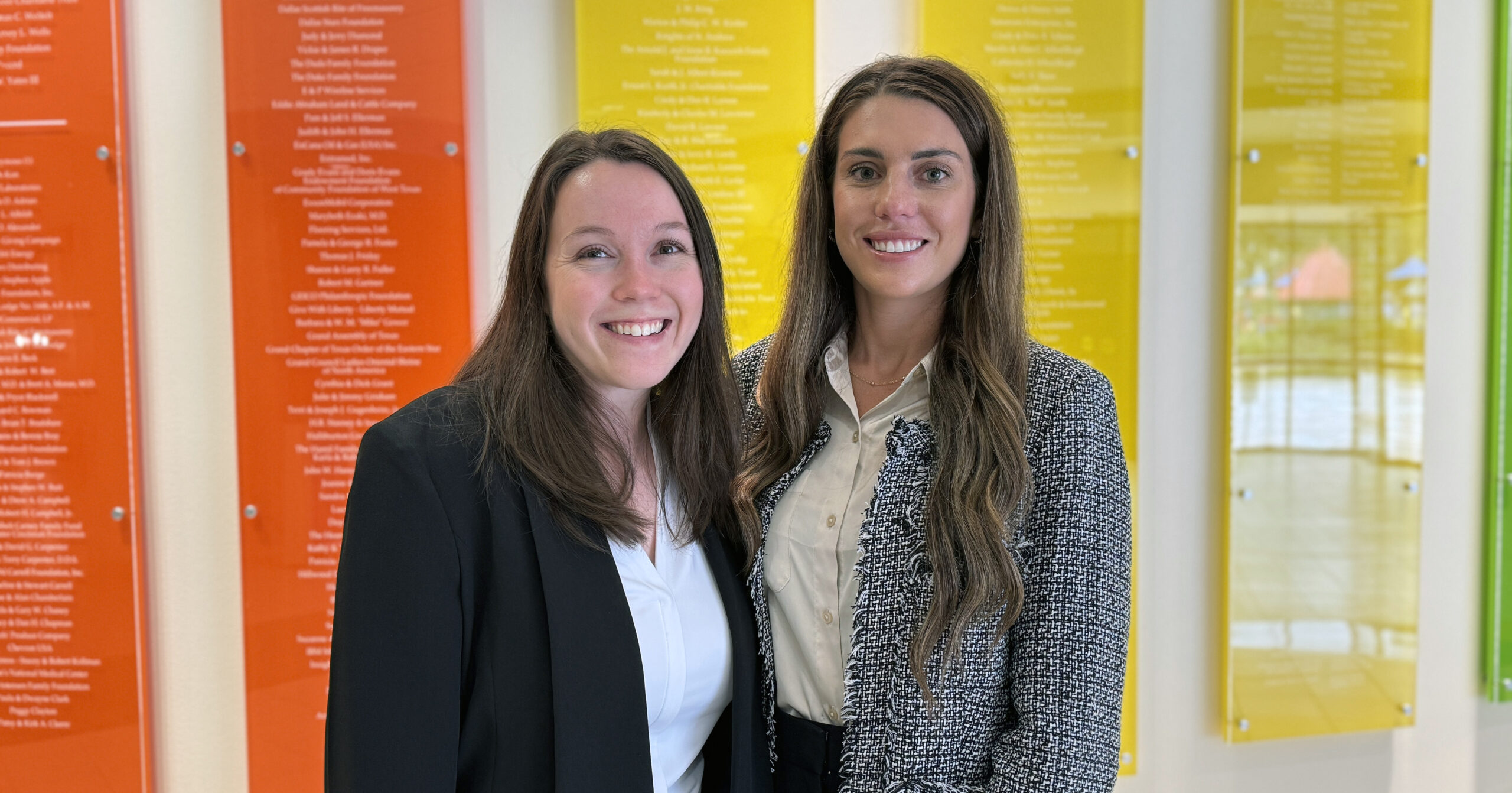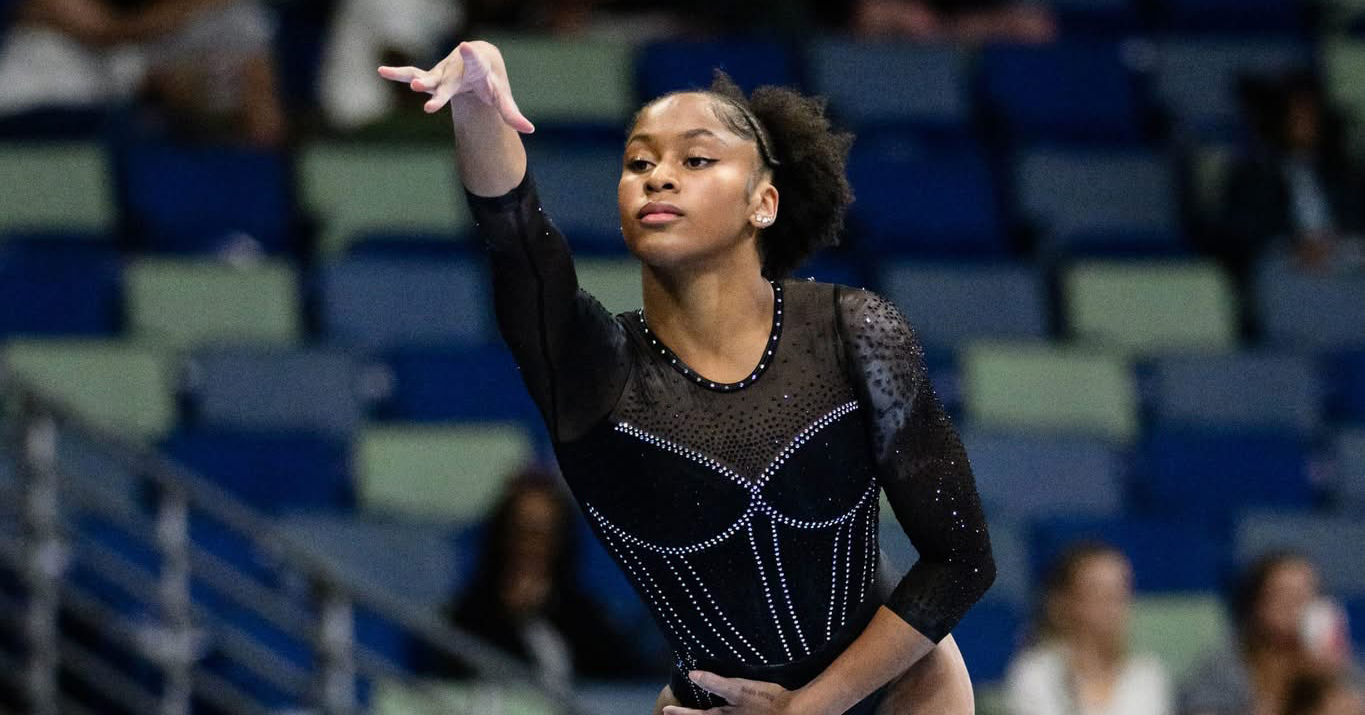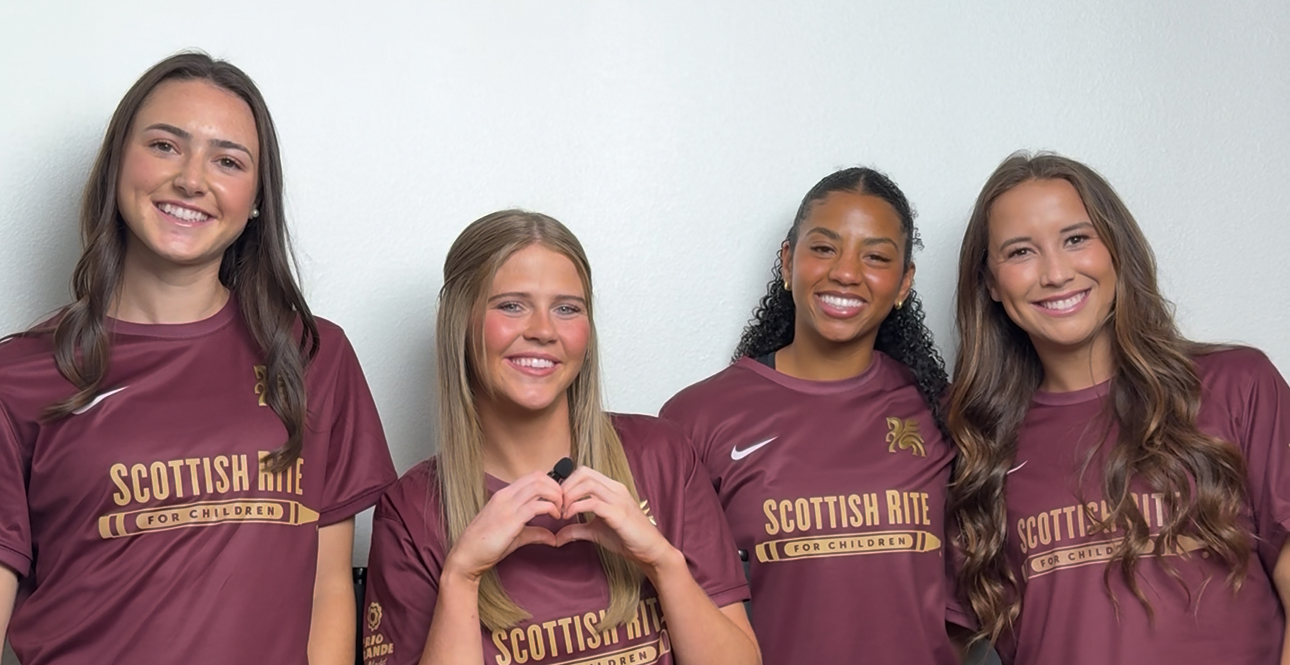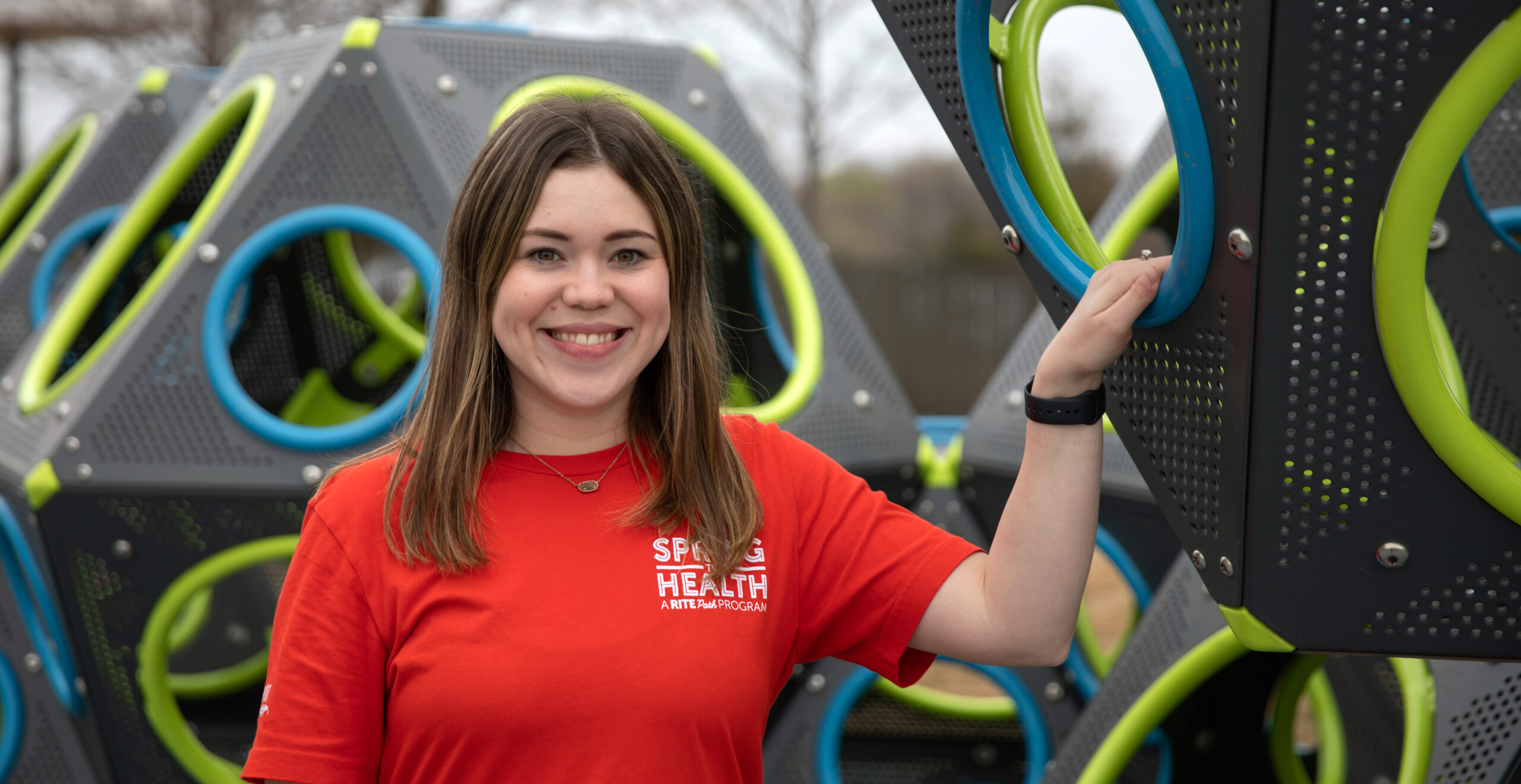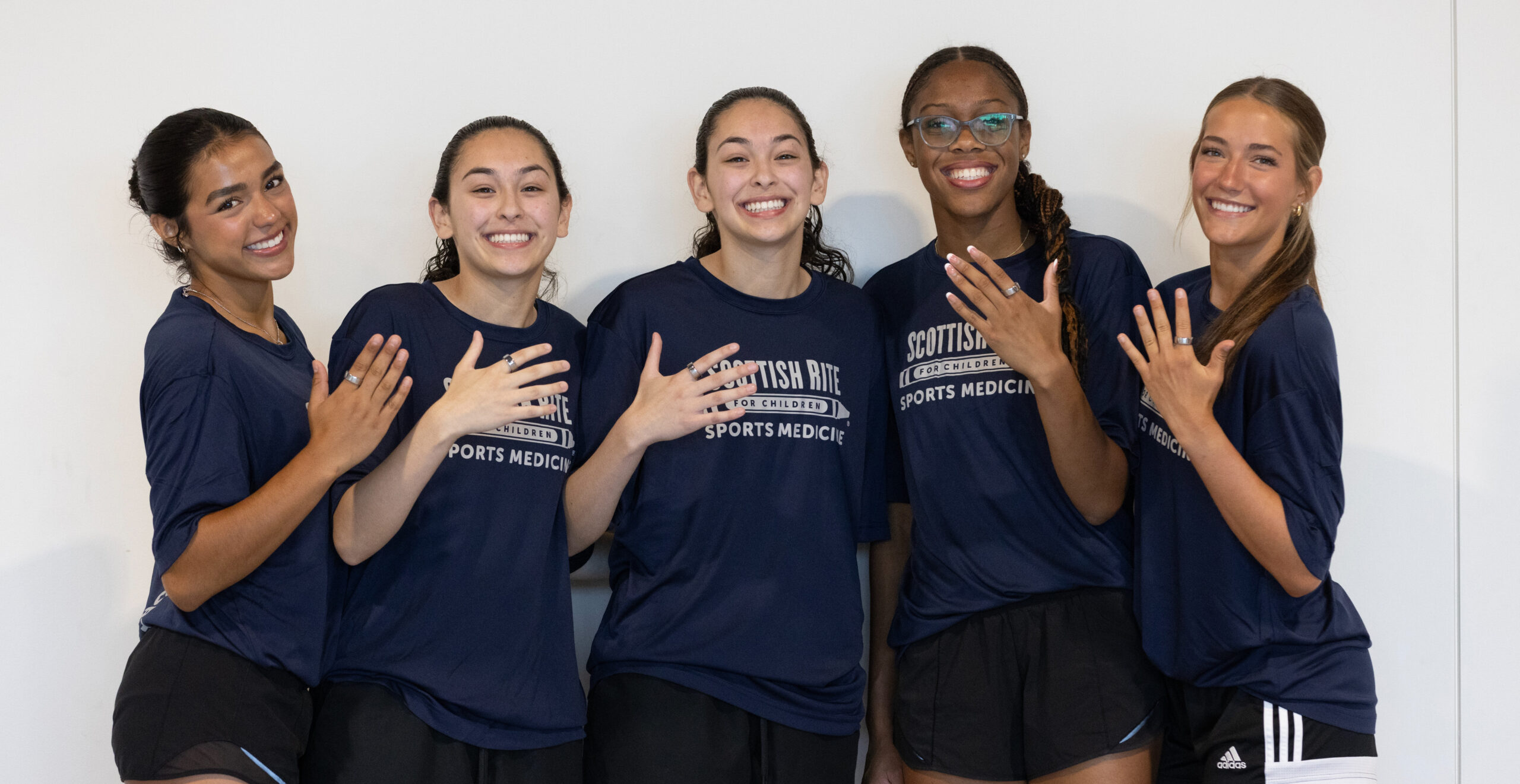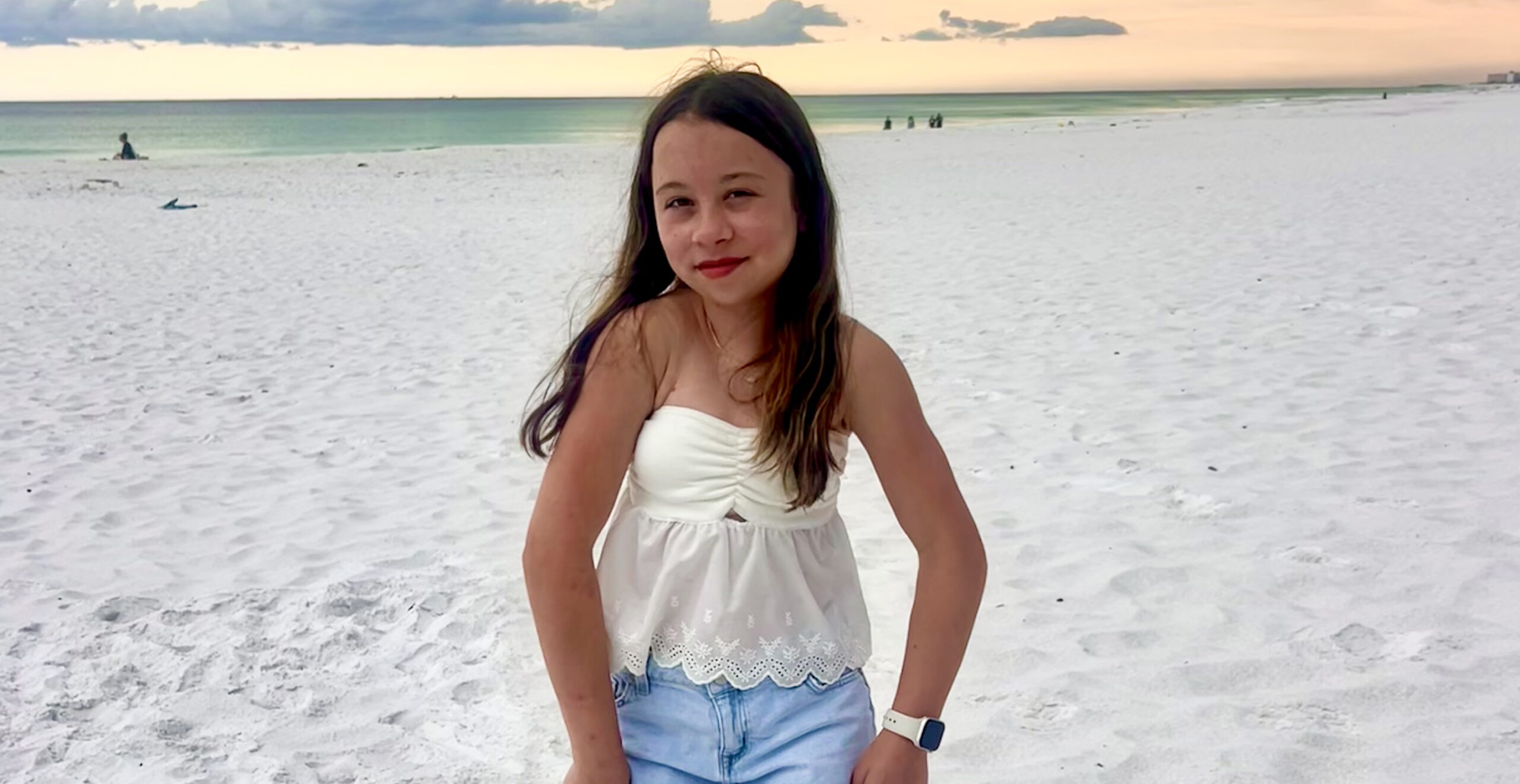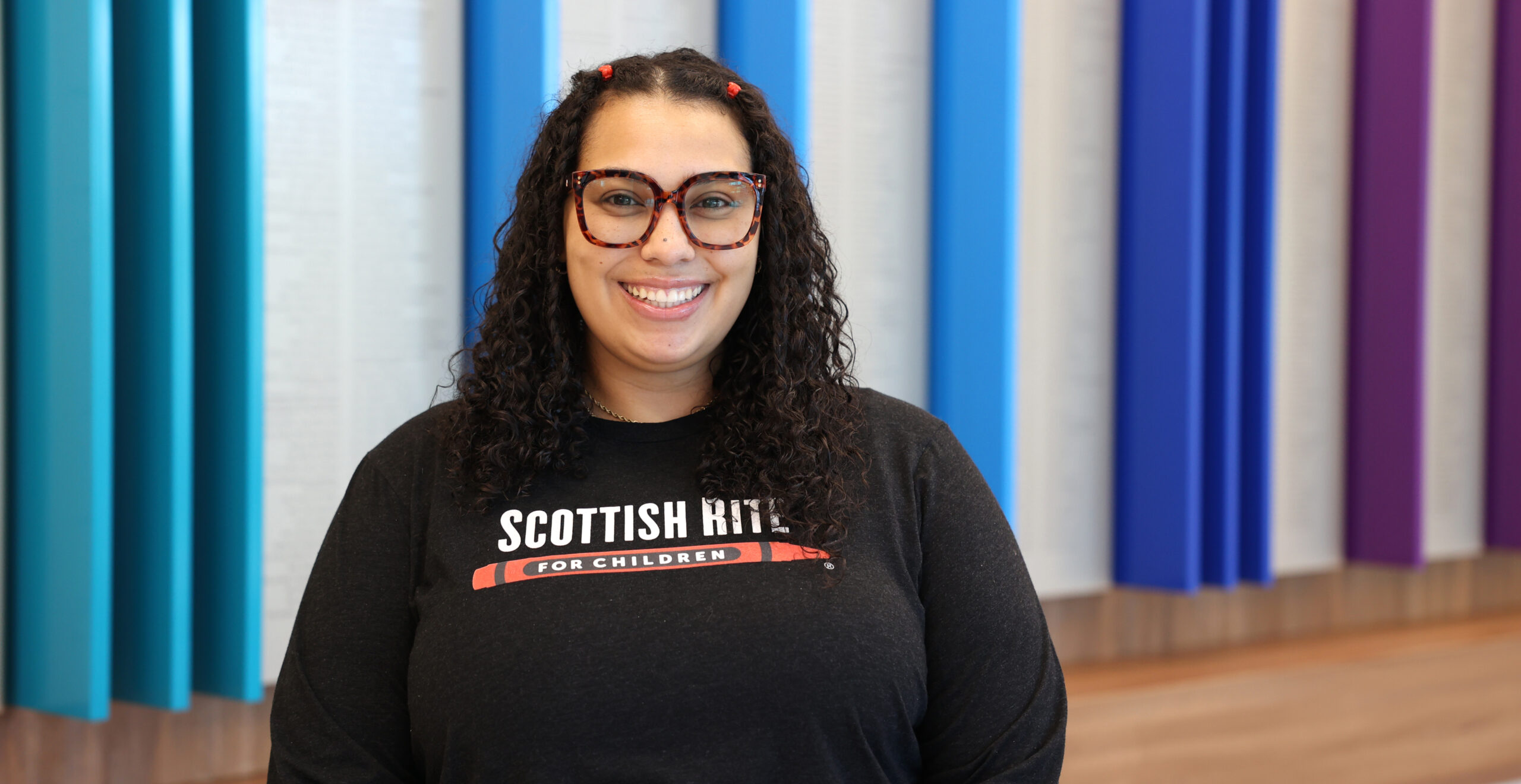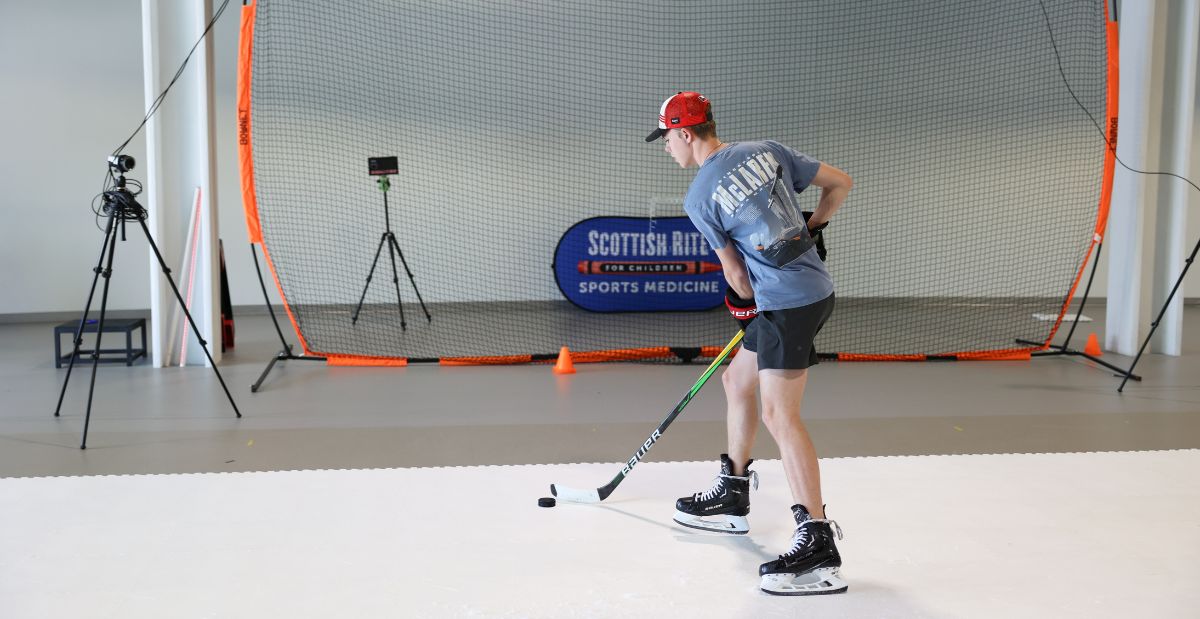Scottish Rite for Children Center for Excellence in Foot includes a multidisciplinary team that is dedicated to advancing the treatment for complex pediatric foot conditions. Directed by Anthony I Riccio, M.D., the center conducts comprehensive research into clubfoot – a congenital disorder in which the child’s foot is severely turned inward and pointed downward. In addition, Dr. Riccio leads the research for complex adolescent foot disorders. Alongside an adult foot and ankle surgeon, Riccio works with a diverse group of specialists to analyze these cases and conducts research to advance how the disorders are treated.
Prospective Evaluation of Treatment for Clubfoot
Purpose: To help orthopedic surgeons better understand and treat patients with a diagnosis of clubfoot.
The research team is collecting data from hospital patients who volunteer to participate in the study. The team is currently evaluating the immediate and long-term outcomes of patients who undergo surgical and non-surgical treatment interventions. Participants are followed until skeletal maturity and are asked to participate in questionnaires, motor and strength tests, gait analyses and pedobarographs (a device that measures foot pressure abnormalities) along the way. Currently, there are over 1,500 patients enrolled in the study. This research will establish a protocol for the collection of relevant clinical and functional outcome measures on our patients with a diagnosis of clubfoot.
The Foot and Ankle Registry
Purpose: To further the understanding of the functional and long-term outcomes of adolescents treated for a foot and/or ankle deformity by creating a prospective registry for patients treated at the hospital.
The research team is currently collecting data on adolescent patients who visit the hospital for any form of foot or ankle deformity. Currently, there are about 300 patients enrolled. Some of the deformities include bunions, flat feet, coalitions and several others of varying severity. If eligible, patients are invited to voluntarily participate in the study activities. These include:
- Questionnaires
- Clinical photos in the media department
- X-rays
- Gait analysis in the movement science lab
The data collected will provide the research team the opportunity to evaluate the immediate and long-term clinical, functional and radiographic outcomes of this understudied patient population. By doing this, the foot and ankle experts hope to better define the treatment methods for the varying foot and ankle diagnoses throughout the hospital.
Redefining the Juvenile Bunion
Purpose: To understand the formation of juvenile bunions and if experts should treat them differently from the adult deformity.
This was a study using the questionnaires, X-rays and pedobarographic data from 32 bunion patients in the Foot and Ankle Registry. The study team collected data from the X-rays through measurements of different angles associated with the foot and correlated them to the completed questionnaires from patients and performance during the pedopbarograph. The study team found that greater angles correlated with skewed pressure distribution of the foot resulting in higher pain and less functionality. Overall, this study will open the door to many more comparative projects to assess the best method of treating juvenile bunions.
Learn more about the research being conducted in the Center for Excellence in Foot.


